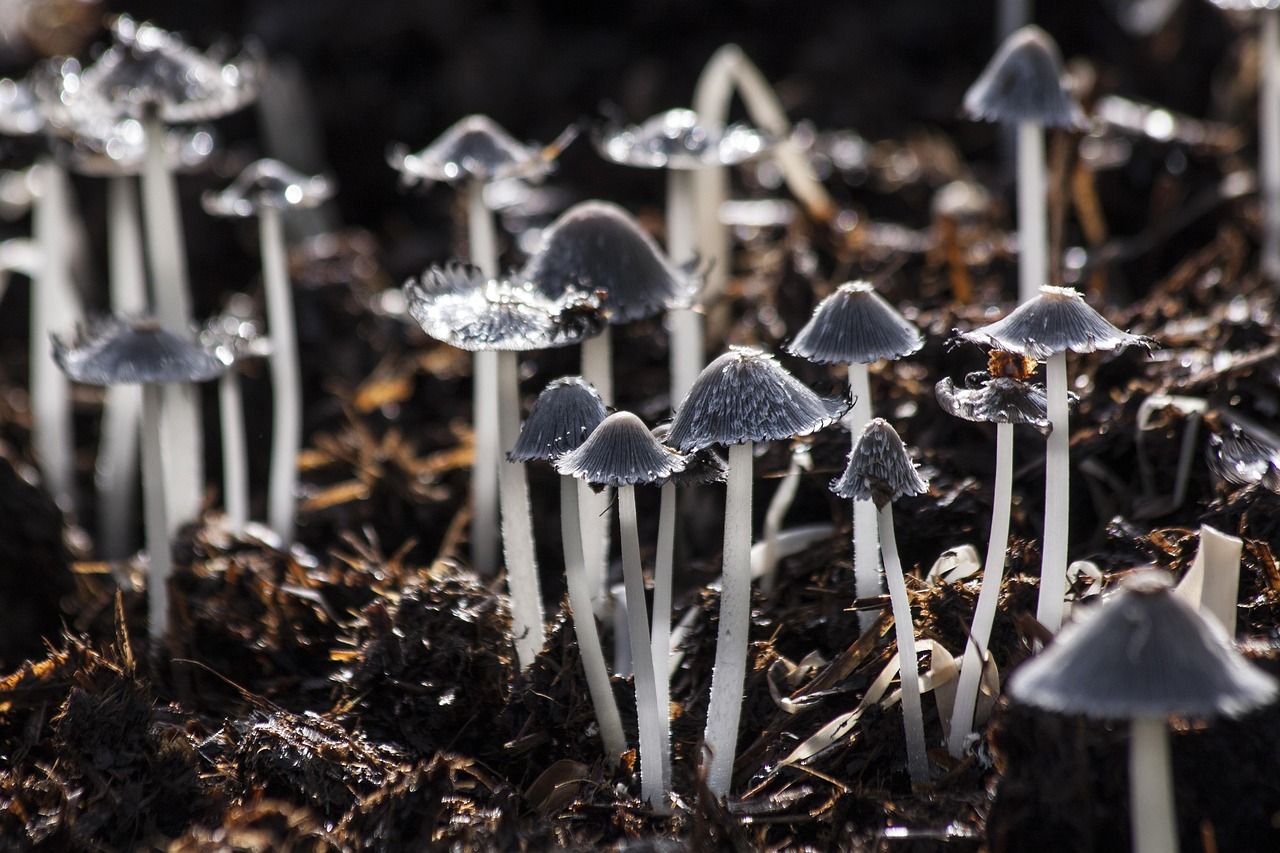Follow us on Google News (click on ☆)
Mushrooms like humidity... but not too much
Mushrooms aren't plants; they're unique living organisms. In reality, what we see is just their "fruit": the cap with its stem, which is called the sporophore. The actual mushroom lives hidden underground, in the form of filaments called mycelium.

Illustration image Pixabay
And this mycelium needs two essential things to produce visible mushrooms:
- humidity (after rain),
- and mild temperatures (neither too hot nor too cold).
Autumn precisely offers these perfect conditions: it often rains, but it's still mild enough for underground life to remain active. That's why mushrooms emerge massively during this season.
A matter of reproduction
Mushrooms also have an objective: to reproduce. And that's the role of the cap we see in the forest. It contains spores, tiny microscopic seeds, that will be released into the air. Autumn, with its winds and humid air, is an ideal time for these spores to travel and find soil suitable for germination.
So if mushrooms emerge at this time, it's to ensure their offspring.
Each autumn doesn't yield the same harvest: too dry, and the mushrooms remain invisible; too cold, and the mycelium goes dormant. That's why we often talk about a "good mushroom year" or not. It's all about the weather!